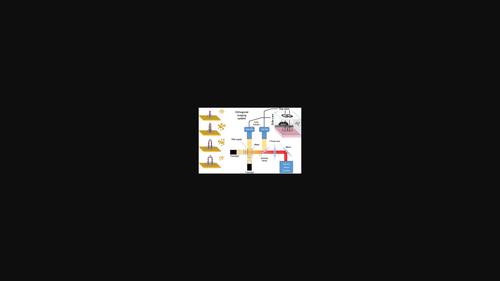How Nanoparticle Size and Bubble Merging Is Governed by Short-Range Spatially Controlled Double-Beam Laser Ablation in Liquids
IF 2.7
4区 材料科学
Q3 CHEMISTRY, PHYSICAL
引用次数: 0
Abstract
Pulsed laser ablation in liquid (LAL) is a method for synthesizing nanoparticles with controlled composition and high purity. However, current research predominantly examines isolated cavitation bubbles, overlooking real-world LAL scenarios where numerous bubbles interact simultaneously. This study addresses this gap by investigating the effects of short-range micrometric spatially controlled double-pulse laser ablation in liquids on nanoparticle size distribution. Gold and YAG are used as model materials, and a dimensionless parameter, H*, is introduced to quantify the ratio between double bubble spatial separation and their maximum height. This parameter correlates with cavitation bubble merging time, bubble volume change rate, and subsequent nanoparticle size increase. Shadowgraphs provide valuable insights into bubble contact and fusion dynamics, showcasing phase separation by a thin water film and subsequent merging into a single bubble. Notably, a twofold increase in nanoparticle size is observed for both Au and YAG at H* = 0.25. The research indicates a strong association between nanoparticle size trends and cavitation bubble volume rate change, particularly emphasized at H* = 0.25. Understanding the dynamics of neighboring bubbles during LAL emphasizes the relevance of lateral pulse distances in dual-beam LAL, impacting particle size distribution in a distance-dependent manner.

液体中的短程空间可控双束激光烧蚀如何控制纳米粒子尺寸和气泡合并
液体脉冲激光烧蚀(LAL)是一种合成具有可控成分和高纯度纳米粒子的方法。然而,目前的研究主要是研究孤立的空化气泡,忽略了现实世界中众多气泡同时相互作用的 LAL 场景。本研究通过研究液体中短程微米空间控制双脉冲激光烧蚀对纳米粒子尺寸分布的影响,填补了这一空白。研究以金和钇钕石榴石为模型材料,并引入了一个无量纲参数 H* 来量化双气泡空间间隔与其最大高度之间的比率。该参数与空化气泡合并时间、气泡体积变化率以及随后的纳米粒子尺寸增加相关。阴影图提供了关于气泡接触和融合动力学的宝贵见解,展示了薄水膜的相分离以及随后合并成单个气泡的过程。值得注意的是,在 H* = 0.25 时,Au 和 YAG 的纳米粒子尺寸都增加了两倍。研究表明,纳米粒子尺寸变化趋势与空化气泡体积率变化之间存在密切联系,这在 H* = 0.25 时尤为突出。了解 LAL 过程中相邻气泡的动态,强调了双光束 LAL 中横向脉冲距离的重要性,它以依赖距离的方式影响粒子尺寸分布。
本文章由计算机程序翻译,如有差异,请以英文原文为准。
求助全文
约1分钟内获得全文
求助全文
来源期刊

Particle & Particle Systems Characterization
工程技术-材料科学:表征与测试
CiteScore
5.50
自引率
0.00%
发文量
114
审稿时长
3.0 months
期刊介绍:
Particle & Particle Systems Characterization is an international, peer-reviewed, interdisciplinary journal focusing on all aspects of particle research. The journal joined the Advanced Materials family of journals in 2013. Particle has an impact factor of 4.194 (2018 Journal Impact Factor, Journal Citation Reports (Clarivate Analytics, 2019)).
Topics covered include the synthesis, characterization, and application of particles in a variety of systems and devices.
Particle covers nanotubes, fullerenes, micelles and alloy clusters, organic and inorganic materials, polymers, quantum dots, 2D materials, proteins, and other molecular biological systems.
Particle Systems include those in biomedicine, catalysis, energy-storage materials, environmental science, micro/nano-electromechanical systems, micro/nano-fluidics, molecular electronics, photonics, sensing, and others.
Characterization methods include microscopy, spectroscopy, electrochemical, diffraction, magnetic, and scattering techniques.
 求助内容:
求助内容: 应助结果提醒方式:
应助结果提醒方式:


